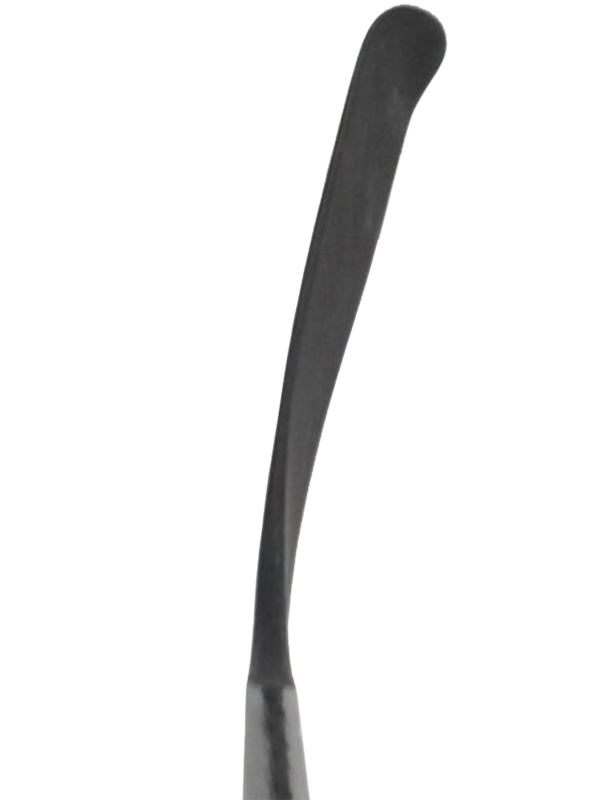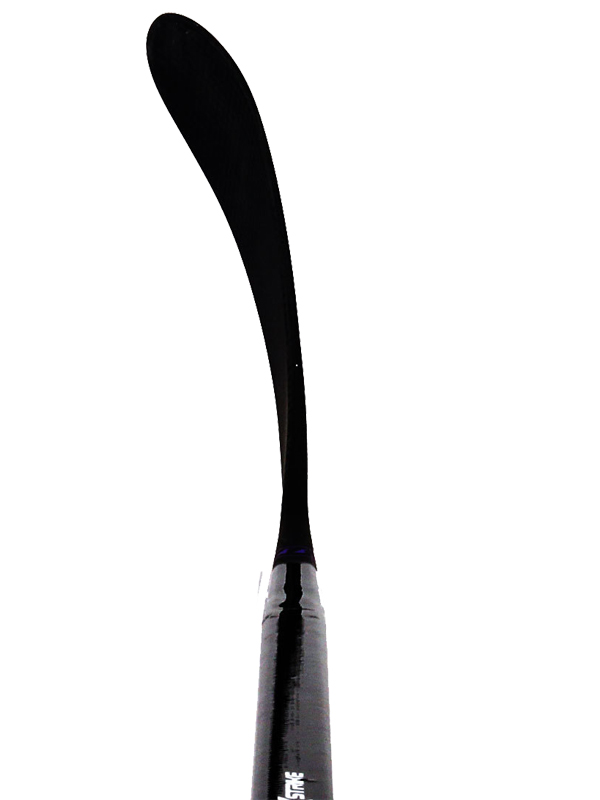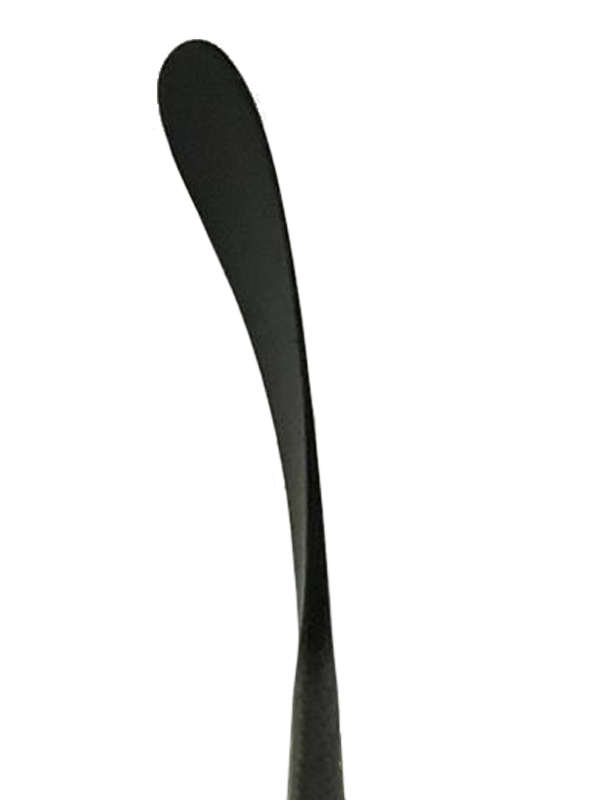Which NHL Player Has The Craziest Curve?
Posted by AJ Lee on 04 26 2019
Ever since — and probably before — Stan Mikita first broke a blade in the boards at a Blackhawks practice and he and Bobby Hull started strafing the top shelf, crazy hockey curves have been a part of the NHL.
Some NHL player curves are outrageous, dancing along and at times skipping blithely over the league rule that says, “the distance of a perpendicular line measured from a straight line drawn from any point at the heel to the end of the blade to the point of maximum curvature shall not exceed three-quarters of an inch.” Some are conservative. Some iconic.
The Sakic Curve
On his way to the Hall of Fame, Joe Sakic scored 100 points or more in six of his 20 NHL seasons and came up with perhaps the most well-known of the NHL hockey curves. A 2018 Sportsnet feature on contemporary players who grew up on or still use the Sakic curve found Boston’s Brad Marchand practically bubbling with praise for the ubiquitous blade.
“It had a big toe curve so you were able to cup the puck in your stick and it allows you to have a nice toe drag,” Marchand said. “As a kid, that’s all anybody wants to do is a toe drag.”
For his part, Sakic said he came up with the mid-curve, open-faced blade during a trip to a manufacturing facility in San Diego, describing it as “a nice curve with a little upshot at the toe.” Ironically, though, he never used it in a game, adding, “It was pretty much like that just a little bit straighter. I just thought for me it felt a little bit big, I just wanted to go a little bit straighter. But it was similar to that same shape.”
Many players have since drifted deeper into the curve.
Blades for Beginners
A quick tutorial on blades:
Heel curves start closer to the shaft of the stick; arc more consistently across the entire face; and are generally considered better for big slap shots and one-timers while also providing a flat surface for backhands.
Mid-curves are the most common. They’re better for stick-handling than heel curves while retaining a decent sweet spot on both the forehand and backhand.
Toe curves twist down as they bend, making them great for danglers who favor quick wrist shots.
Open-faced blades have an upward twist near the end of the toe — which is to say the bottom edge is in front of the top edge. That helps elevate shots. Closed-faced blades are better for backhands and keeping the puck on the ice.
There are two toe styles — square and round. The former is better along the boards and for poke-checking, while the latter is better for toe dragging.
Current Crazies
An NHL name used to describe today’s retail curves usually doesn’t correlate with the curve that NHL player is actually using. In fact, the actual NHL player curves are typically much different than the retail curves attached to their name.



Some of the most unusual or outlandish curves used in today's NHL belong to St. Louis Blues’ Ryan O’Reilly (shown left), the LA Kings’ Ilya Kovalchuk (shown middle) and, of course, Washington Capitals' Alex Ovechkin (shown right).
Always remember, there’s a difference between player-branded, mass-market sticks and pro stock gear designed to be used by a specific player.
